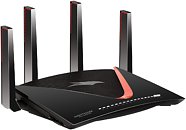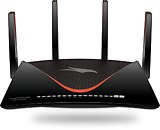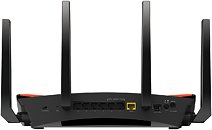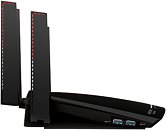
Windows 11 Gains 3% in OS Market Share, Windows 10 Remains on Top
The battles of operating systems continue, and one fight is internal to the Microsoft Windows user base. Recent data from StatCounter shows that Windows 11 now accounts for 35.58% of Windows installations as of October 2024, recording a modest 3% increase. Meanwhile, Windows 10 continues to power most Windows computers, with a 61% market share. The gradual shift toward Windows 11 comes as Microsoft pushes software updates and hardware partnerships. Large organizations have begun adopting the newer OS, drawn to its updated security features. These include mandatory secure boot protocols and improved protection against credential theft, addressing growing cybersecurity concerns. For individual users, Windows 11 offers updated gaming capabilities through DirectStorage and a redesigned interface. However, many still prefer Windows 10's established stability and broader compatibility with existing hardware and software. Microsoft's recent announcement of a $30 yearly Extended Security Updates subscription acknowledges this divide.
Starting in October 2025, when Windows 10's standard support ends, users can purchase these updates to maintain security protections. Unlike previous programs restricted to business customers, this subscription will be available to all users. The move to Windows 11 faces a significant hurdle: strict system requirements that exclude many older computers. While these standards aim to ensure better performance and security, they effectively prevent many current Windows 10 users from upgrading. Microsoft's plan to add new AI features like Recall and Copilot to Windows 11 could attract more users. Still, the transition largely depends on hardware replacement cycles and users' willingness to adapt to a new system. As Microsoft manages both operating systems, its strategy reflects the challenge of maintaining existing Windows 10 installations while encouraging gradual migration to Windows 11.
Starting in October 2025, when Windows 10's standard support ends, users can purchase these updates to maintain security protections. Unlike previous programs restricted to business customers, this subscription will be available to all users. The move to Windows 11 faces a significant hurdle: strict system requirements that exclude many older computers. While these standards aim to ensure better performance and security, they effectively prevent many current Windows 10 users from upgrading. Microsoft's plan to add new AI features like Recall and Copilot to Windows 11 could attract more users. Still, the transition largely depends on hardware replacement cycles and users' willingness to adapt to a new system. As Microsoft manages both operating systems, its strategy reflects the challenge of maintaining existing Windows 10 installations while encouraging gradual migration to Windows 11.



















